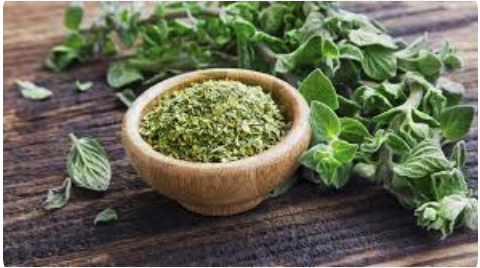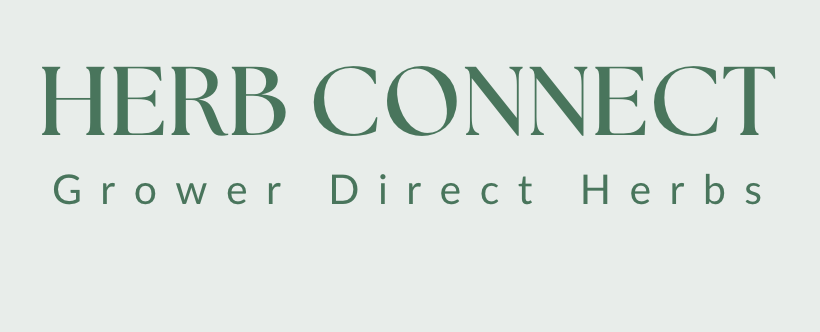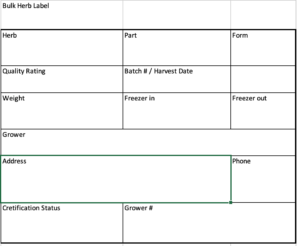
Payment Options
Copyright @ 2023 Herb Connect global | All rights reserved!
We acknowledge the Traditional Owners of the land where we work and live. We pay my/our respects to Elders past, present and emerging. We celebrate the stories, culture and traditions of First nations and Torres Strait Islander Elders of all communities who also work and live on this land.
Statements made on this website regarding herbal medicine and the information presented on this website are provided for informational and educational purposes only, it is not meant to substitute for medical advice or diagnosis provided by your physician or other medical professional.




